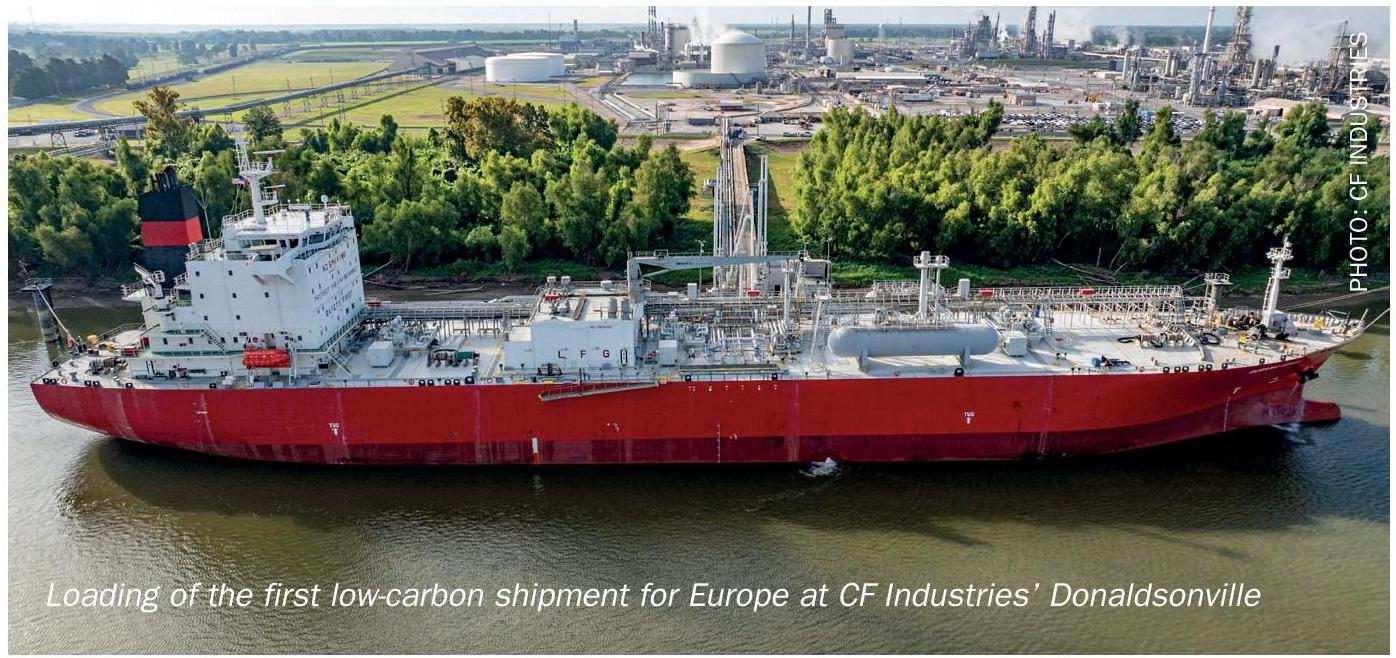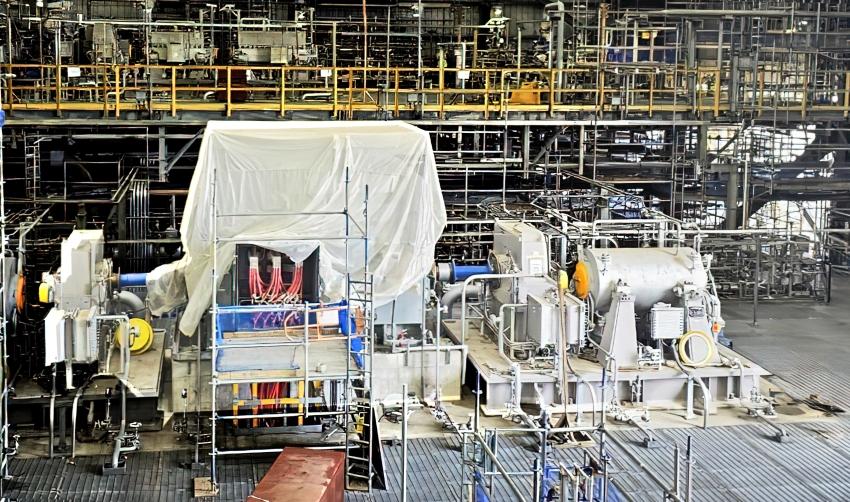Fertilizer International 516 Sept-Oct 2023
30 September 2023
Harvesting change
Editorial
Harvesting change
Antoine Hoxha, the new Director General of Fertilizers Europe, looks ahead at the future of the EU fertilizer industry, setting out his vision of an industry transformed by decarbonisation, new energy markets, sustainable agriculture and the circular economy.

Living in our highly interconnected world has both strengths and weaknesses – as recent geopolitical events and global market developments have starkly revealed. For the European fertilizer industry, recent months have been particularly challenging, as we all know.
The sector’s competitiveness has been negatively affected by volatile and high natural gas prices, for example. Broken supply chains have also disrupted the sector. More positively, however, the industry is now finally being recognised as essential for the continent’s food security and autonomy.
Europe’s strategic decision to move away from Russia is likely to speed up the greening of our industry. This is to be welcomed as now is definitely the time for the EU to step up efforts to deliver a low-carbon future for its domestic fertilizer sector.
A vision of the future
Fertilizers Europe has its own distinct vision of the future. It is a positive future in which fertilizers will increasingly be produced via renewable and low-carbon technologies. Water electrolysis, carbon capture and storage/usage, and biomethane feedstocks will all have a part to play.
In a major change, the ammonia industry also looks destined to become as essential for the energy and transport sectors as it currently is for agriculture. Many observers now expect decarbonised ammonia to become a driving force for the hydrogen economy, playing a key role in the energy transition, both as a carbon-free energy carrier and a fuel.
In future, precision farming methods and innovative fertilizer products – including inhibitors and biodegradable coatings – will become the bedrock of a productive, resilient, and sustainable EU agricultural system. Similarly, the nitrogen use efficiency (NUE) indicator and other scientific tools are also delivering improvements to farming practices. As a result, integrated plant nutrition, where organic and mineral fertilizers play mutually reinforcing and complementary roles, looks set to emerge as the cornerstone of EU agriculture. This more holistic approach to plant nutrition and soil fertility, as it becomes solidly embedded, will help Europe’s farmers produce plentiful, high-quality crops.
Fertilizers will become a natural part of the circular economy too. Our industry’s production processes are becoming increasingly circular by recovering nutrients from secondary sources to close the loop and minimise waste.
A decarbonisation roadmap
The European fertilizer industry, having done its homework, is moving from words to action with a concrete plan. A decarbonisation roadmap that lays out the pathways and milestones for our industry is now being finalised. This document reflects the collective ambition of Fertilizers Europe’s members to steer the industry toward a sustainable future.
The roadmap foresees two scenarios capable of delivering CO2 emissions reduction targets: firstly, a technology-neutral pathway that harnessies all low-carbon technologies; secondly, a green pathway based only on water electrolysis powered by renewable energy.
The eventual choice of decarbonisation technology will be determined by the unique needs and circumstances of each and every fertilizer production plant. While the pathway to the future is unique for each plant, the final destination is always the same: a carbon-neutral future.
The adoption of these technologies demands huge investments. Other regions and countries have already set up investment frameworks (such as the US Inflation Reduction Act, for example) to signal the importance of retaining domestic fertilizer production. Europe therefore also needs to provide substantial financial support and develop a favourable legislative framework – if it is to maintain the global competitiveness of the EU’s fertilizer industry during the green transformation.
The pathway to the future for the EU fertilizer industry also requires making a viable business case for the green transition. Creating the necessary market demand for green and low-carbon products will undoubtedly requires incentives, as well as independent certification to differentiate them from their conventional equivalents.
Learning from the past to shape the future
History always teaches invaluable lessons – with recent events being no different. The Covid-19 crisis and Russia’s aggression towards Ukraine have rekindled concerns about food security and have underscored the strategic importance of the fertilizer sector.
EU governments are unlikely to repeat the mistake of over-relying on external countries for critical resources such as energy, fertilizers and food. Instead, the new geopolitical landscape makes it crystal clear that Europe now needs to come forward with a strong industrial strategy, one that aims to reduce external dependencies and boosts self-sufficiency in strategically important sectors.
This approach is necessary for Europe’s citizens. It will also lay the foundation for a future-proof European fertilizer industry.






